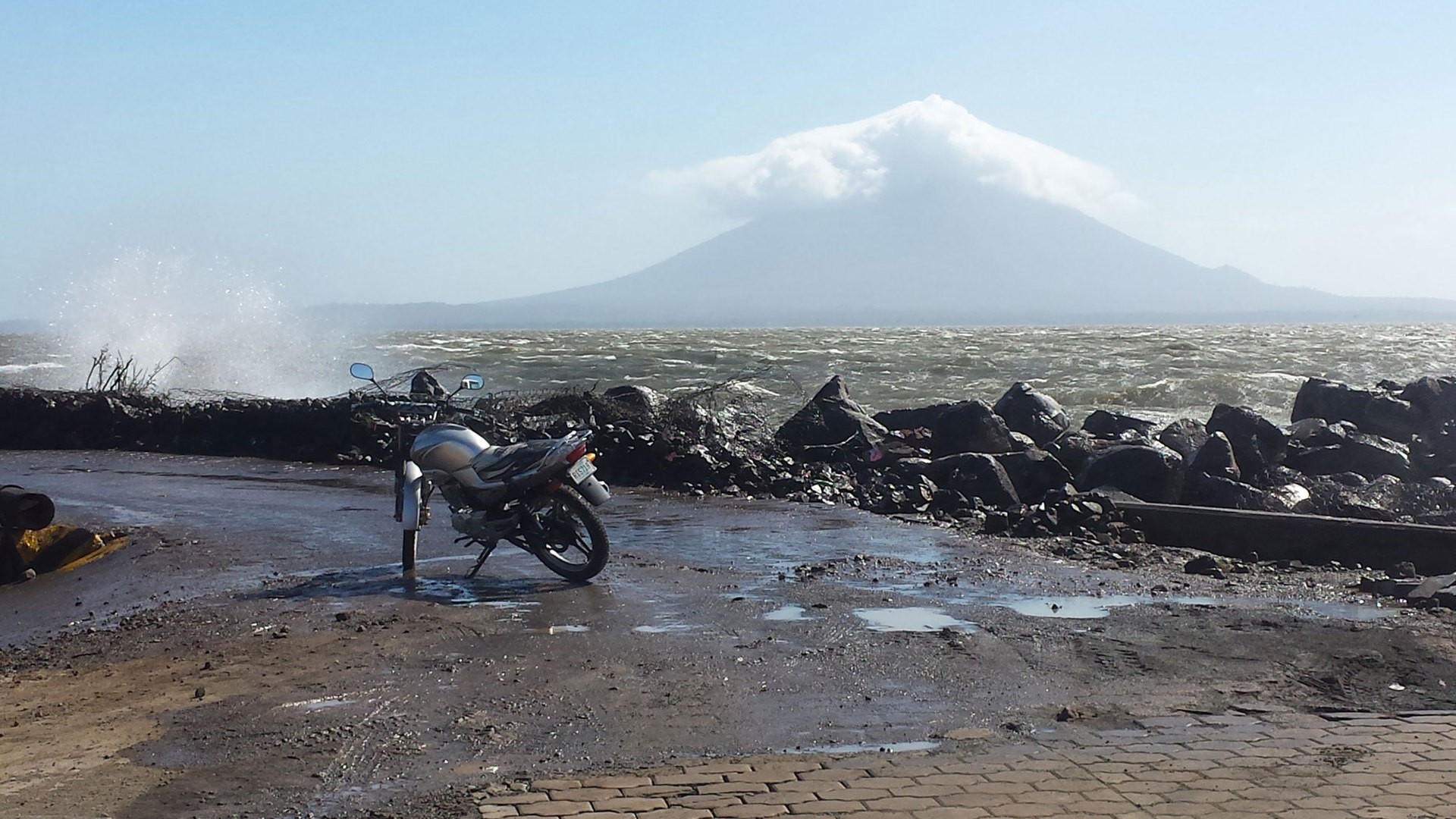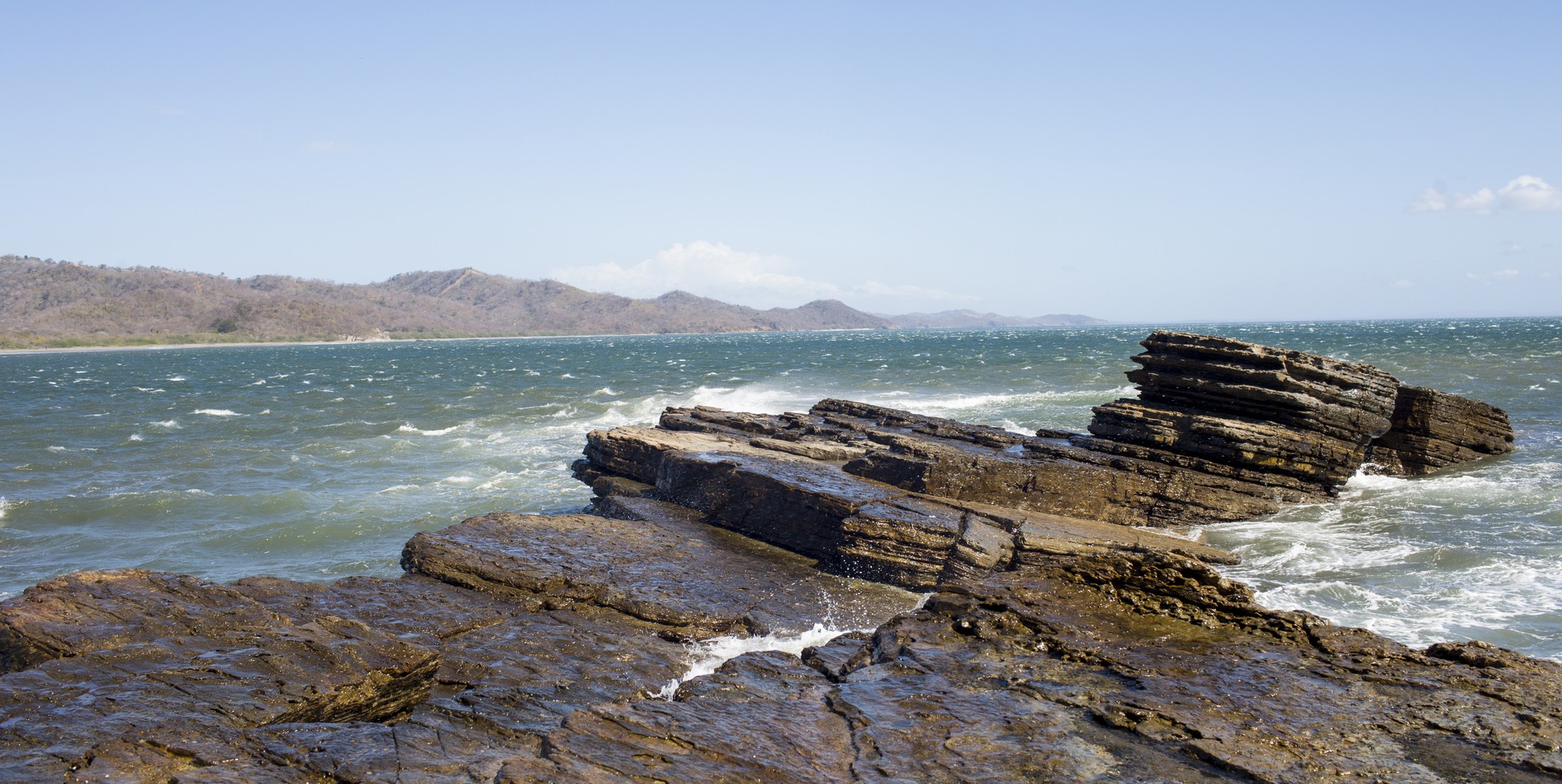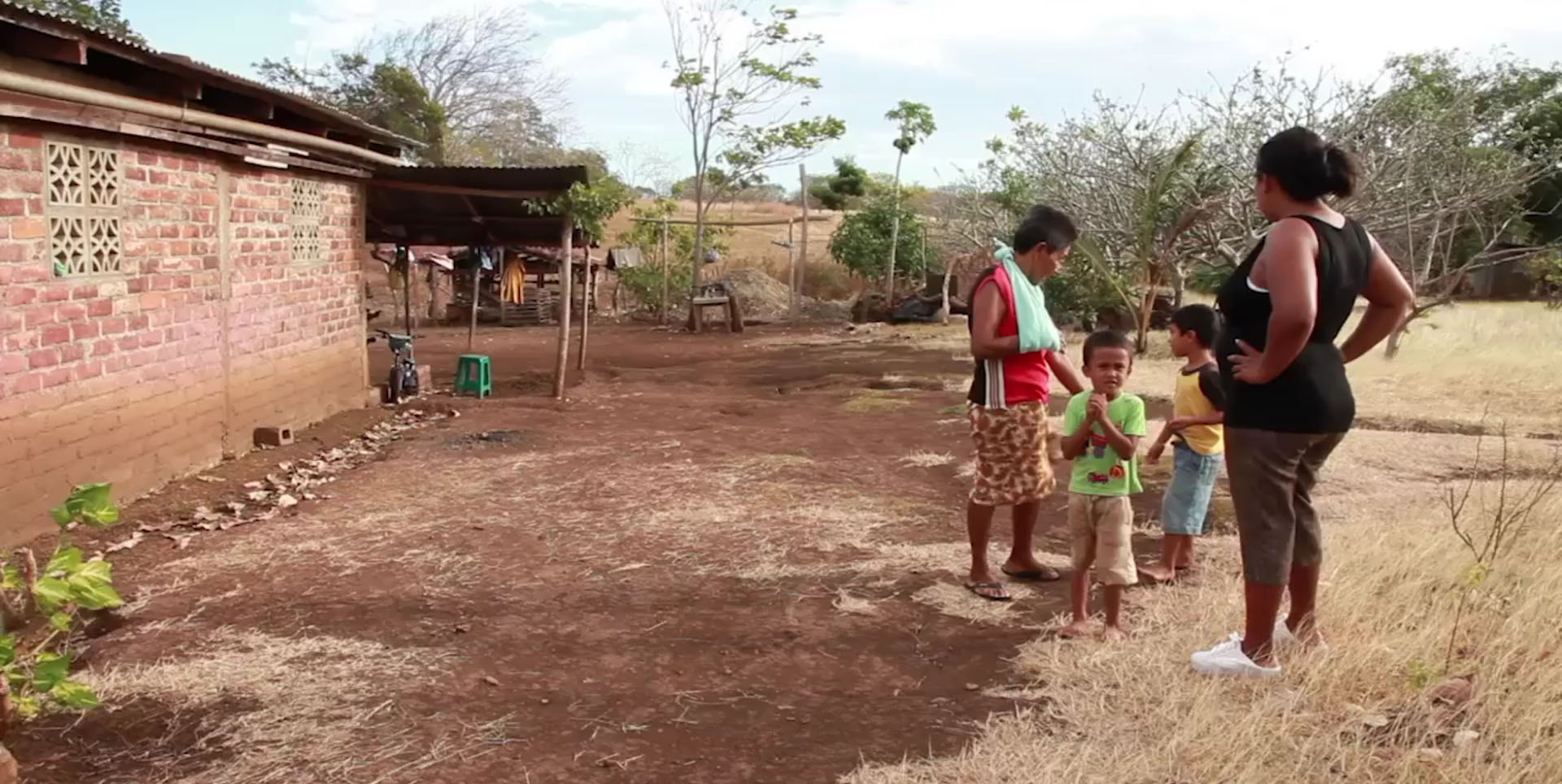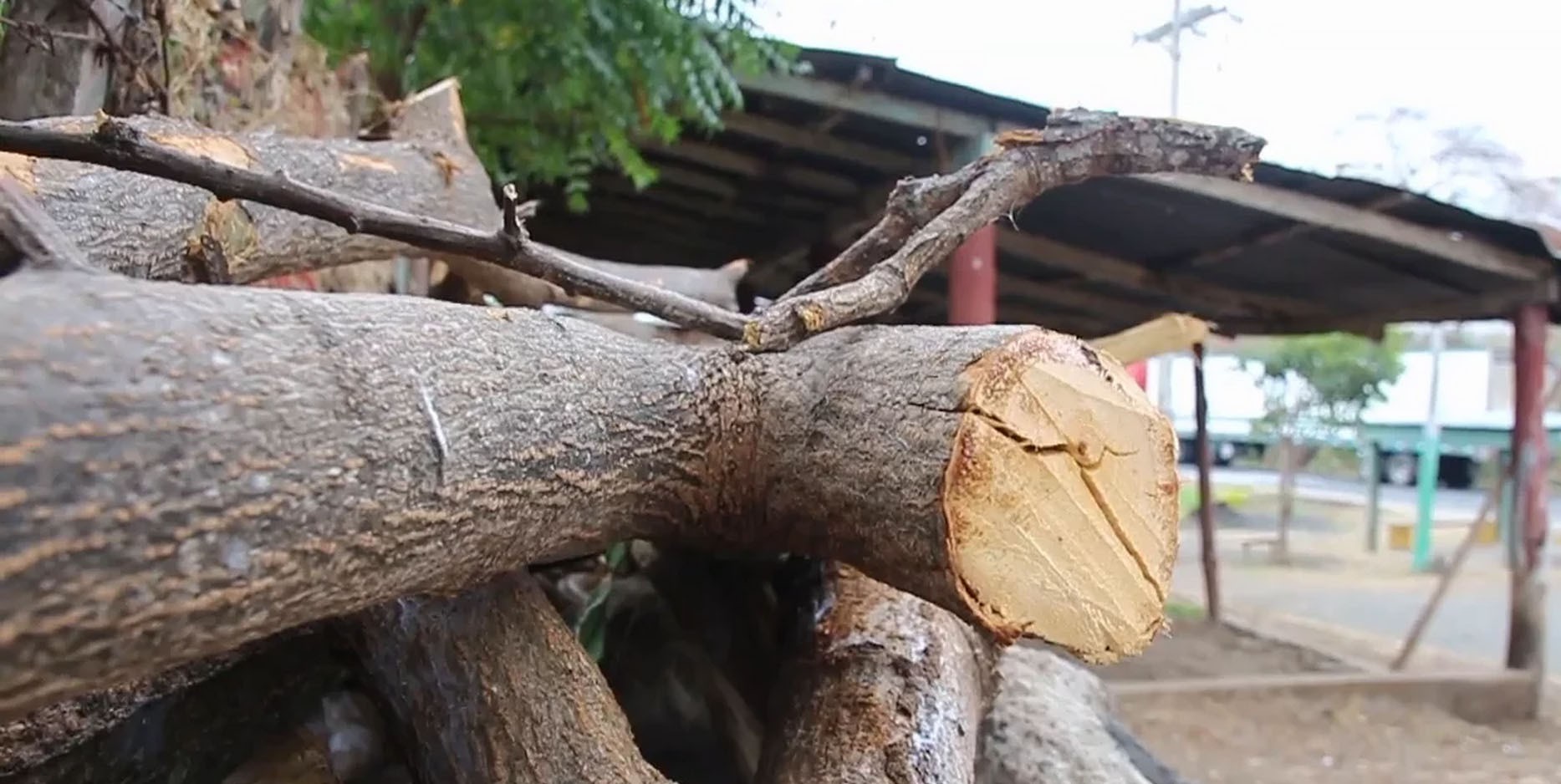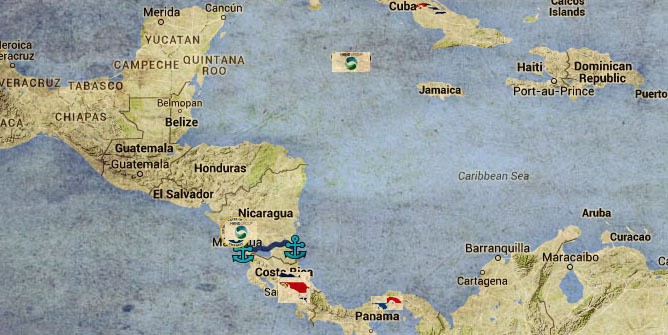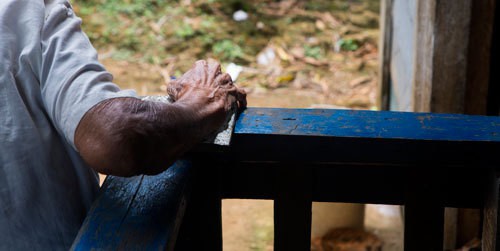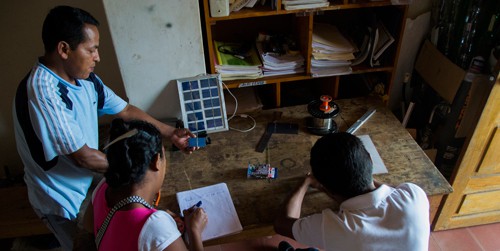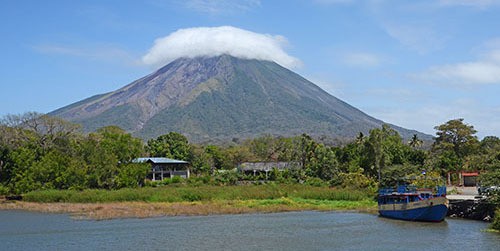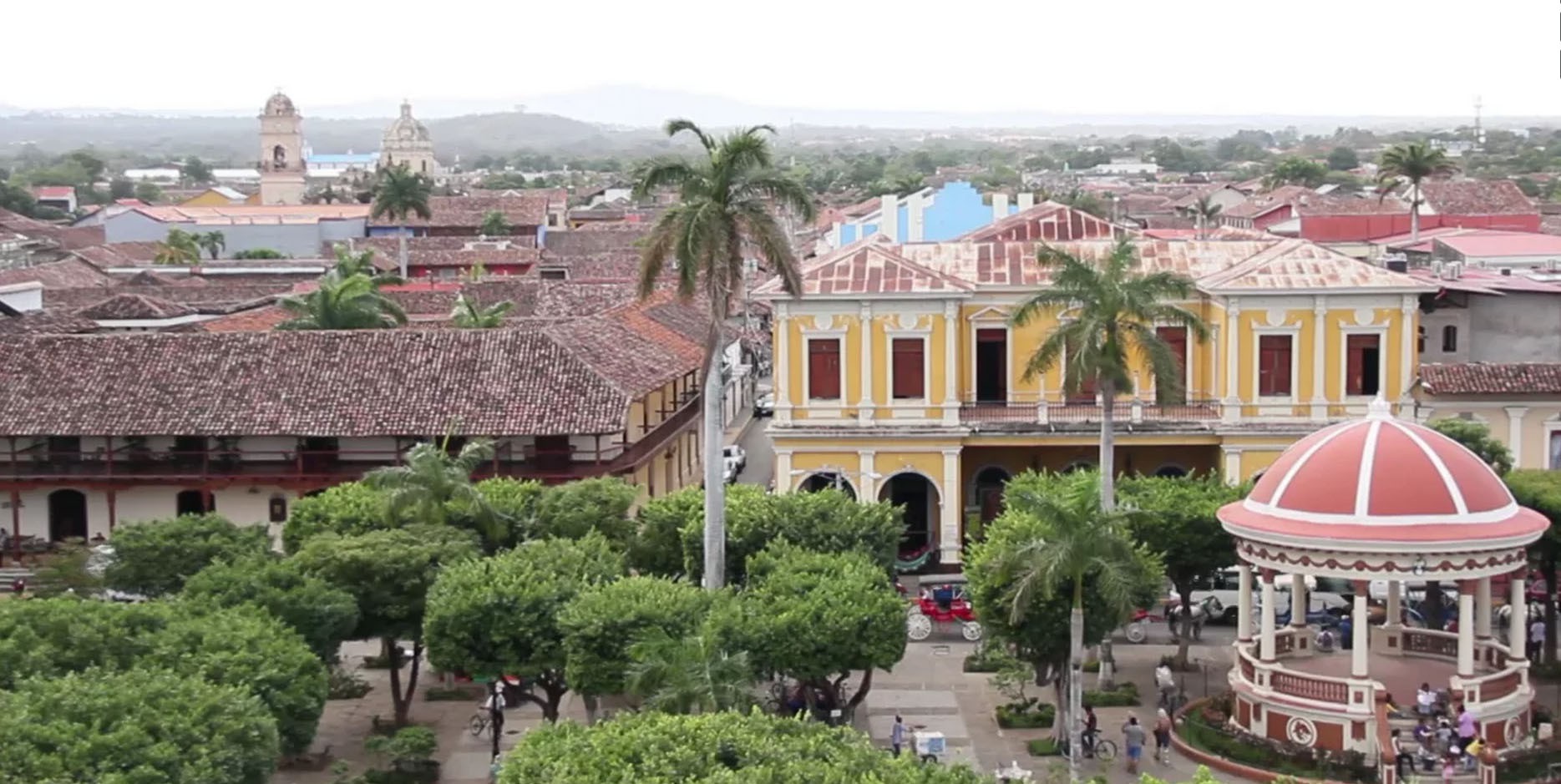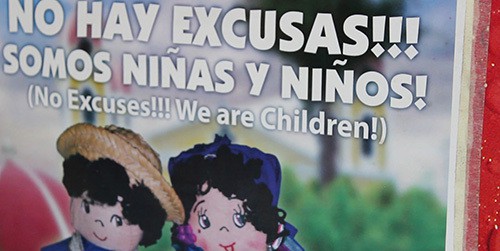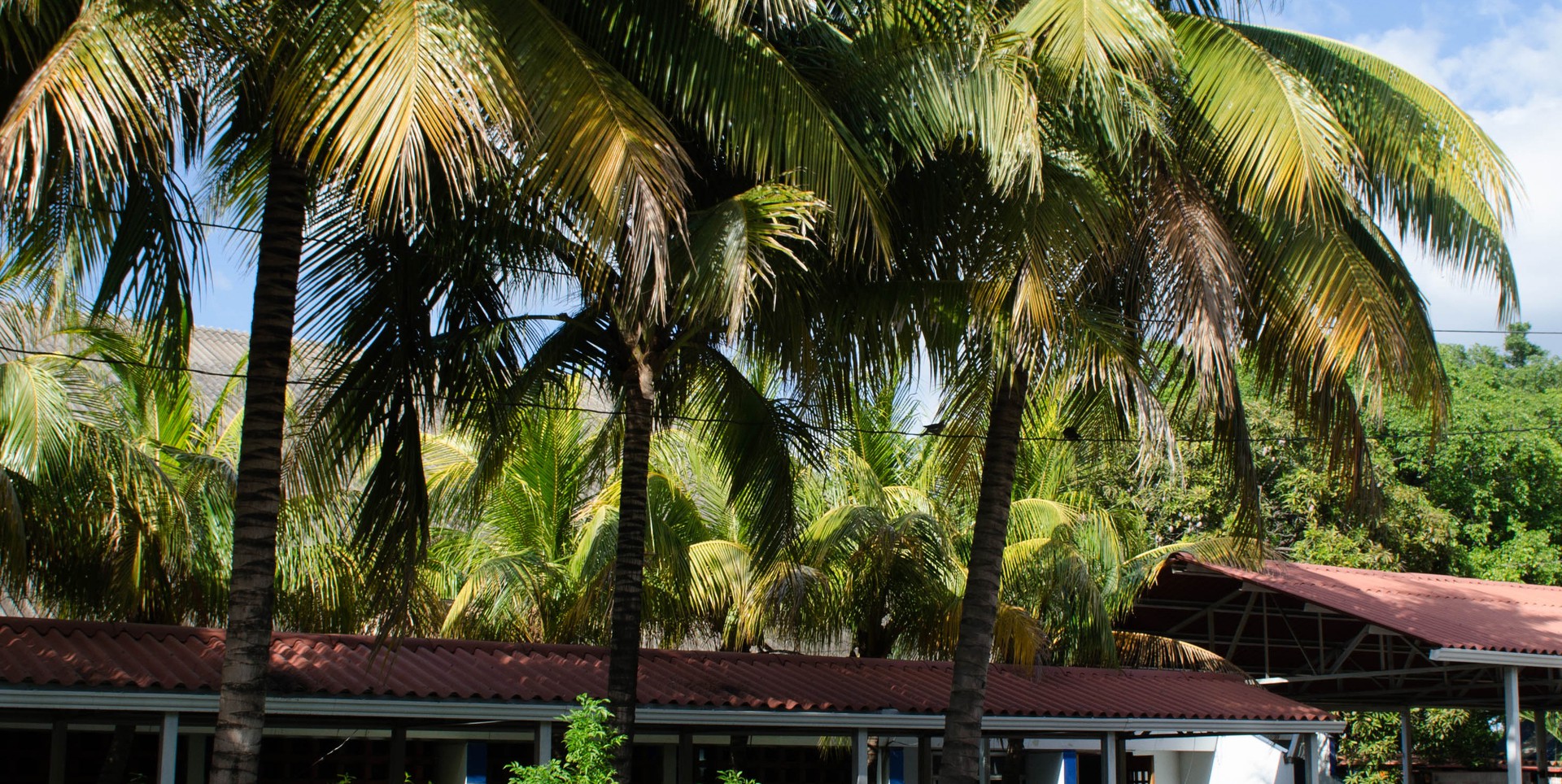
Will Nicaragua’s interoceanic canal project ruin its ‘sweet sea’?
By Sara Weber / Cronkite Borderlands Project
Published June 17, 2015
Out of the midst of the beautiful Lake Nicaragua spring two magnificent pyramids, clad in the softest and richest green, all flecked with shadow and sunshine, whose summits pierce the billowy clouds. They look so isolated from the world and its turmoil — so tranquil, so dreamy, so steeped in slumber and eternal repose. — Mark Twain
MANAGUA, Nicaragua — Congressman Pedro Joaquin Chamorro recites this passage word for word without being prompted.
It’s a timely verse as he and many Nicaraguans fear for the future of the lake and majestic volcanic mountains on the island of Ometepe that Mark Twain wrote about nearly 150 years ago.
The lake is the largest in Central America and its indigenous name — Lake Colcibolca — means “sweet sea.” It is the key link in the proposed Nicaragua Grand Canal project that could change global trade. The massive canal would stretch 173 miles across southern Nicaragua from Brito on the Pacific Coast through the lake to Punta Gorda on the Caribbean Sea.
“I know the lake better than 95 percent of the people in Nicaragua,” said Chamorro, whose namesake and father is a martyred journalist and whose mother was Nicaragua’s president from 1990 to 1997. “I ride my boat (in the lake) and I know all the depths. I’ve seen my children play and grow up here; I have a great affection for the island and the lake.”
Chamorro speaks reverently of the island where his family has long lived. As president of the National Assembly’s Tourism Commission, he is keenly aware of the canal’s potential impact on Nicaragua’s tourism industry.
But the concern about the lake goes far beyond its scenic value and ecotourism. Lake Nicaragua is crucial to the nation’s water supply even though it is badly polluted from the flow of untreated sewage.
The Nicaraguan government contracted with Dutch engineering company Royal HaskoningDHV in 2012 to conduct a feasibility study before canal construction began. Project director Wim Klomp has been working on environmental studies since before the canal was approved.
“My concerns are that the effects of the canal on environment and water balance of Nicaragua is underestimated and does not get enough attention,” Klomp said. “This may have significant negative effects for local people.”
According to a study done by UNICEF and the World Health Organization in 2010, the water quality in the lake has decreased dramatically over the past 15 years. Although the report says the water is high in arsenic and other chemical levels, many still consume water from the lake daily.
The same study reveals that more than 750,000 people live within the lake region. On March 16, in testimony given before the Inter-American Commission on Human Rights, Mónica López Baltodano, a lawyer seeking to bring more attention to the potential impact of the canal, said approximately 200,000 people rely on the lake as their primary source of drinking water.
“Lake Nicaragua is a very important water source for Nicaragua supplying drinking water and irrigation to peoples and industries,” Klomp said. “The Grand Canal will connect the Atlantic Ocean as well as the Pacific with Lake Nicaragua. This will have an impact on the level of the Canal (because) water is lost through the lock system and also on quality (because) salt water may enter the canal and Lake Nicaragua through the lockage of ships.”
While many Nicaraguans choose not to drink directly from the lake — one look at the water reveals why — others have no choice.
Bob Browning lives on Ometepe, the island Mark Twain praised. He moved there from Costa Rica because he appreciated the rural atmosphere. A volunteer manager for a hotel that sits 10 minutes away from one of the main ports, he worries about the future of Ometepe’s water and land.
“The water quality is fine,” Browning said, “but it’s barely enough. There’s been no public discussion. Mostly, the locals are worried about their land.”
The Nicaragua Grand Canal is a massive project fronted by a new private international infrastructure development firm based in Hong Kong called HKND. The plan has prompted many Nicaraguans, scientists and environmentalists to question the intentions of the Nicaraguan government and the firm.
They say construction specifics, potential economic repercussions and environmental impact studies are shrouded in secrecy. Nicaragua President Daniel Ortega and HKND’s Wang Jing, a billionaire Chinese telecommunications magnate, however, promise the project will lift Nicaragua out of poverty and raise its international status.
That is not enough assurance for people like Liberal Congressman Luis Callejas. He says he supports the idea of a canal that could bring money and tourism to his country, but because of the secrecy, he fears what could lie ahead.
“We haven’t heard anything about the environmental studies; we haven’t heard anything about the economic studies,” Callejas said. “There’s no access to information. There’s a lot of talking but no real information.”
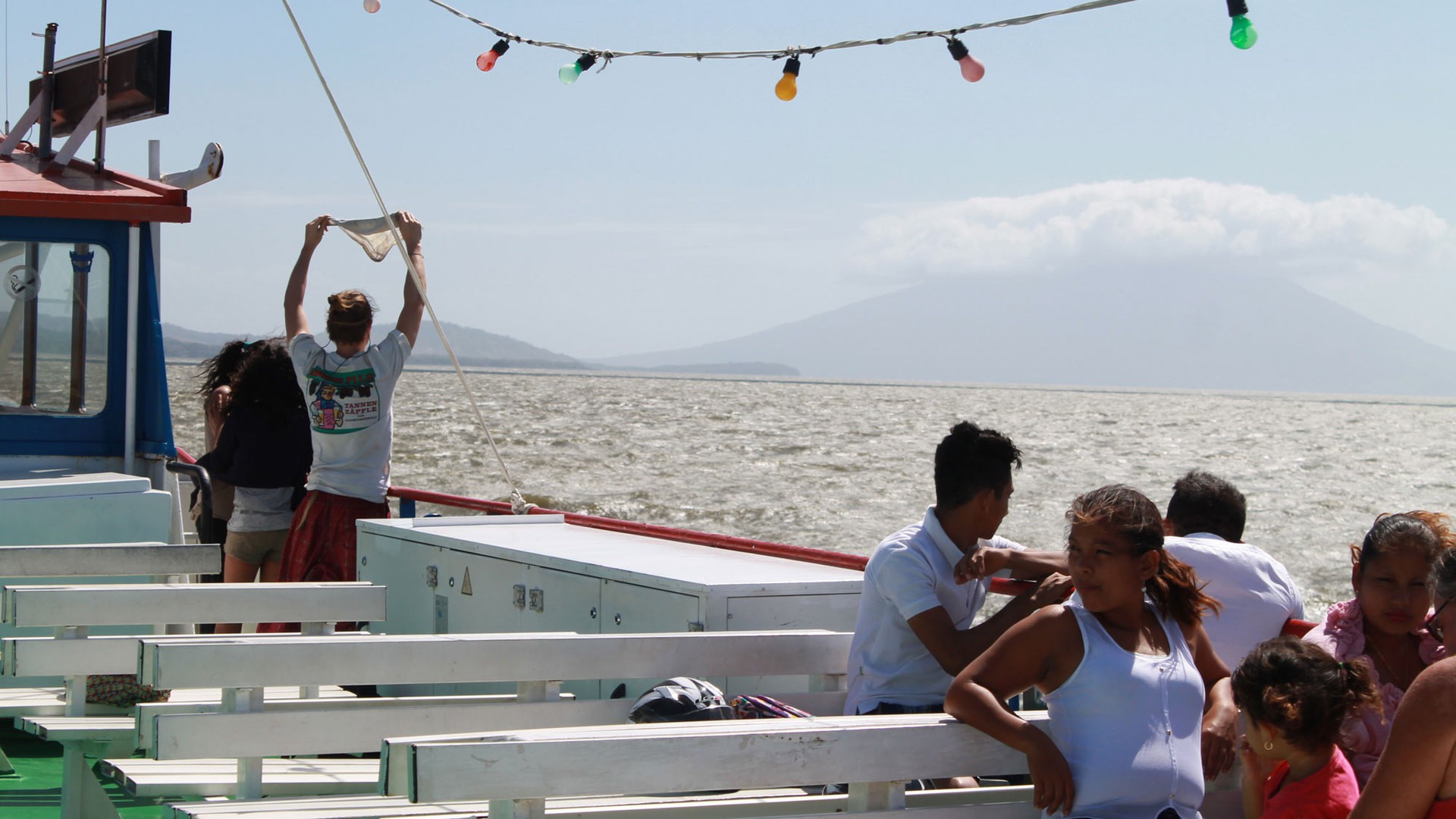
The Nicaraguan Grand Canal project
The lake encompasses nearly 3,200 square miles. It is unusually shallow, measuring at around 43 feet deep in the center, and serves as home to numerous species of fish and sharks.
The lake also plays a key role in the nation’s large agriculture business. In fact, Lake Nicaragua provides water for 26 percent of the country’s bean crop, 21 percent of the sorghum crop and 16 percent of corn and sugar production, according to the UNICFEF and WHO reports.
There have been proposals to build a canal across Nicaragua going back more than a century, said Michael Smith, a history professor at Ithaca College in New York, who has studied the issue.
“The whole mechanism that’s been at work for a century and a half has been where a sovereign government in Nicaragua cedes a certain amount of territory or rights or ability to build a canal to a foreign entity, whether it’s the British or the Americans or now the Chinese,” Smith said.
The Nicaragua Grand Canal project is the latest of such projects.
The portion of the canal that will run through the lake will be about 80 feet at its deepest, meaning the channel will need to be deepened by about 40 feet. HKND and its construction team will need to use techniques like dredging and blasting to create space for ships to travel through it.
The project would be the largest earth-moving project in history, with an estimate of nearly 5,000 million cubic meters of materials that will be excavated, of which 419 million cubic meters will be water and 4,019 more will be dry material. A recent National Public Radio story stated, “Enough dirt will be removed to cover Manhattan up to the 21st floor of the Empire State Building.”
In order to construct two anchoring stations for ships passing through the canal, construction teams plan to redirect water from neighboring lakes and rivers, according to the project plan.
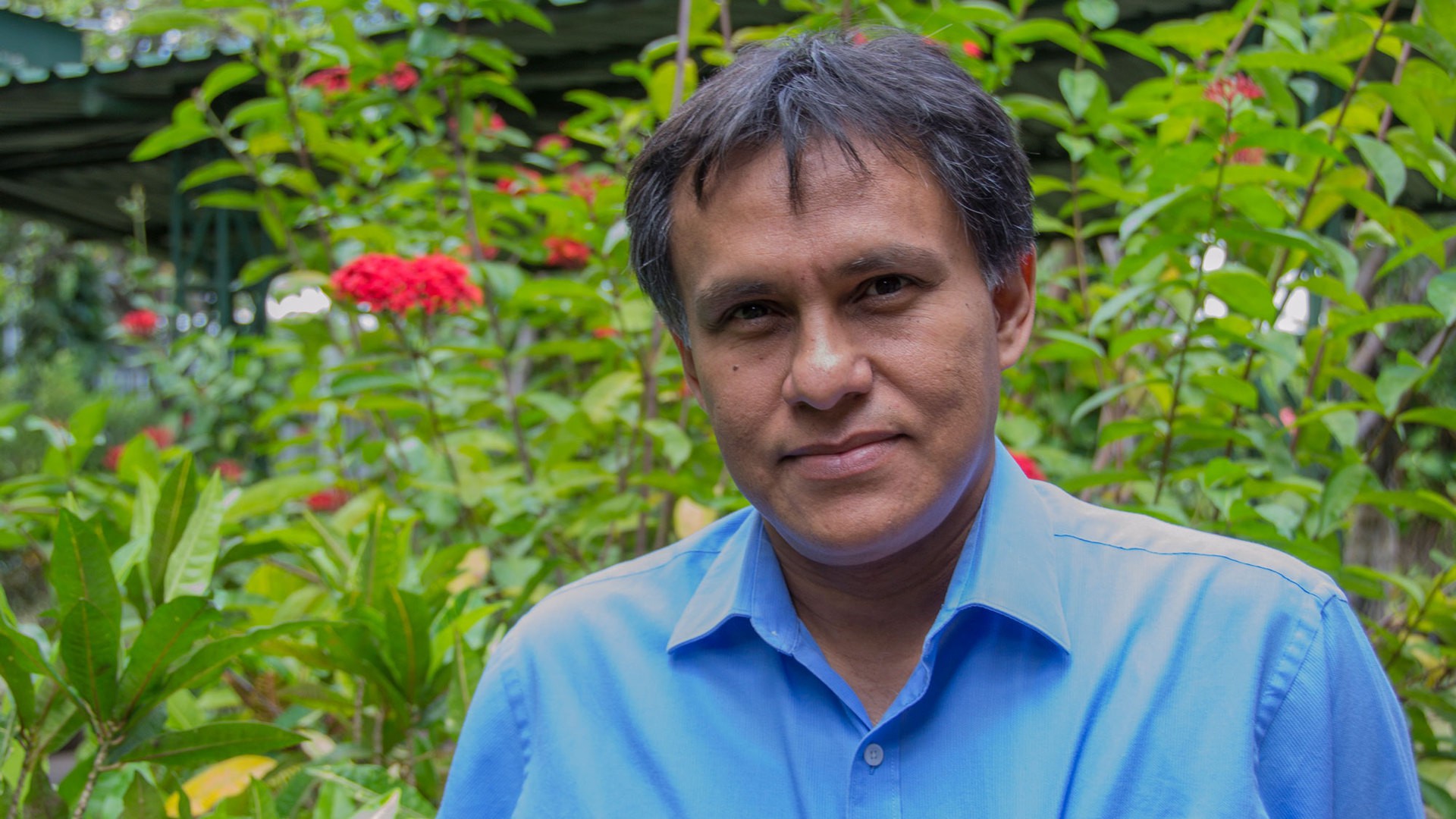
Vice president for the Nicaraguan Academy of Sciences Jorge Huete has spoken publicly about missing environmental impact studies and dredging methods since the law was passed. He continues to pressure for reconsideration.
“What people think is that to dig in there they’re going to have to use explosives, millions and tons of explosives to bomb the lake,” Huete said. “They said later on, ‘OK, we’re not going to use explosives,’ so how are you going to do it? They said they had other techniques, but they won’t tell us those techniques.”
Some still worry dynamite will be used during construction, though dredging will be the largest project in prepping Lake Nicaragua for the canal.
Dredging involves digging up the lake bottom and clearing out large portions of mud and plant life. Often, dredging changes the chemical makeup of lakes or rivers as sediments mingle and the water becomes more oxygenated.
Gerald Urquhart, an assistant professor of biology at Michigan State University who has worked with an international panel of scientists seeking to raise awareness of the canal’s potential impact, says it could be substantial because of the size of the undertaking.
“Essentially, you’re suspending sediments in the water and pulling that sediment water out before it spreads everywhere,” Urquhart said. “But when you think about the scale of this and the depths and all those kind of things, obviously some will be suspended. So then the question is: Will they really be able to minimize that?”
The practice of dredging, though commonly used in aquatic construction, can be dangerous to ecosystems. This year, Australia passed a law banning certain Chinese companies from dredging near the Great Barrier reefs in order to preserve the reef and the species that live there.
Construction plans for the canal, as listed on HKND’s website, include building two locks, dredge disposal areas, a stand-alone dam, ports, two cement plants and at least one artificial lake. Also in the treaty is the right to build airports, resorts, roads and free trade zones.
Bruce Rittman, director of the Swette Center for Environmental Biotechnology at Arizona State University, who also was part of the scientific panel exploring the effects of the canal, said he fears the impact of the massive ships that will pass through the lake.
“They’re going to end up digging up a lot of sediments and these giant ships — the next generation of ships — just imagine what they’ll do in terms of stirring things up,” Rittman said. “It’s going to have an impact on the water quality, the ecology and the usefulness of the water.”
The massive ships Rittman mentions are too big to pass through the Panama Canal, which is one of the reasons HKND cites to explain the need for the canal. The newest of these carriers reaches the length of four football fields and can carry the weight of 39,000 cars, according to Marine Traffic. On its website, HKND says the canal will be useful for the transport of crude oil.
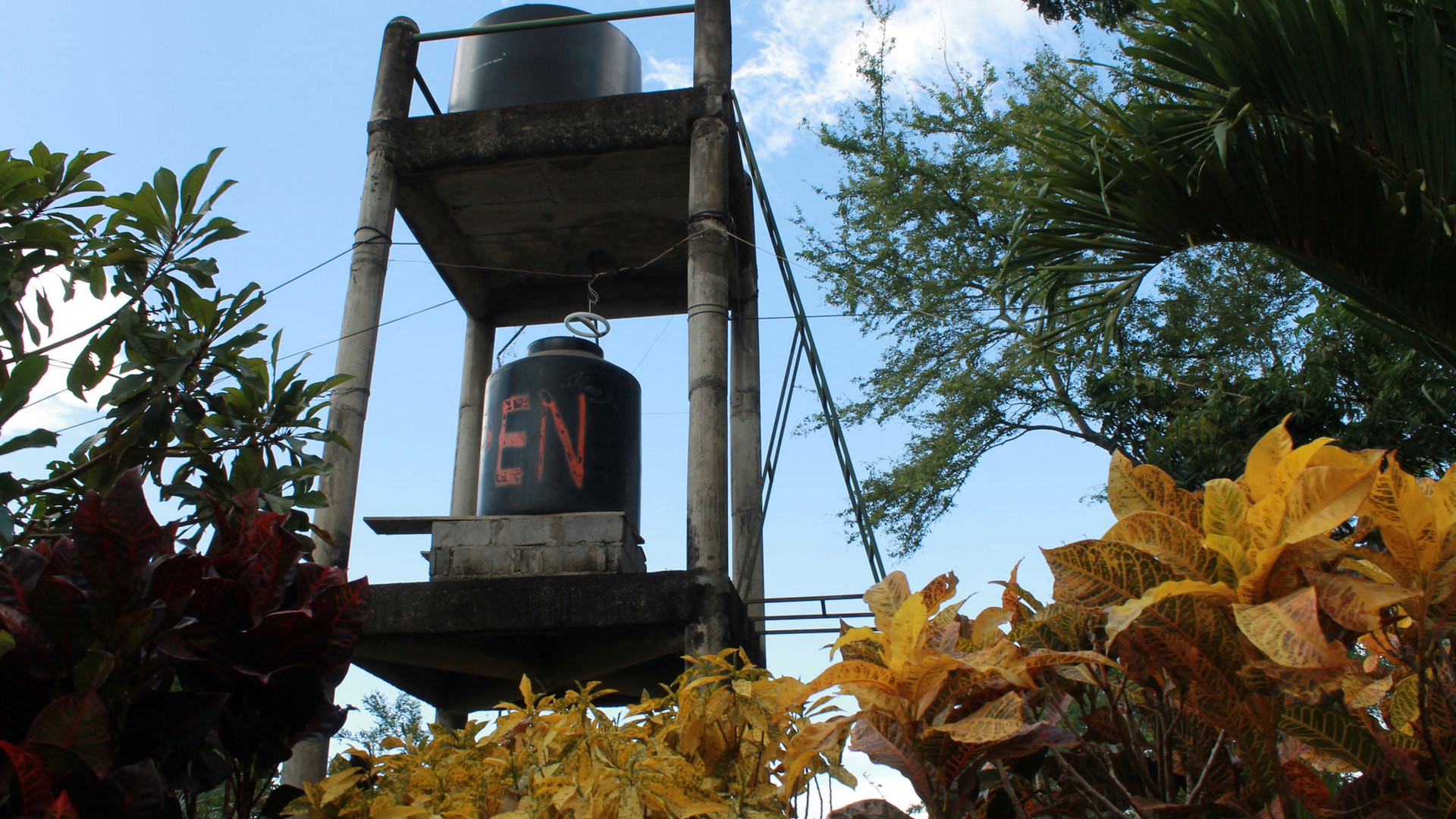
Concerns about water supplies
What concerns many is the lack of a completed environmental impact study.
Though HKND would not respond to multiple outreach attempts, a press release from its website dated Jan. 9, 2015 said: “The financing, technical feasibility studies and the environmental and social impact assessment of the Project are still ongoing, and HKND intends to provide the public with further information on the results of these activities and studies in due course.”
Many Nicaraguans, however, are hesitant to trust such promises.
Browning, the Ometepe resident, believes the government is willing to sacrifice Lake Nicaragua for more money and international respect. And he worries the canal may have an adverse effect on the economy.
“I don’t think people would come to Ometepe to see these giant ships cross the lake. (The canal) would be environmentally destructive,” Browning said. “It’s bound to damage the lake, and it’s a very delicate lake.”
Ometepe isn’t the only community with water worries.
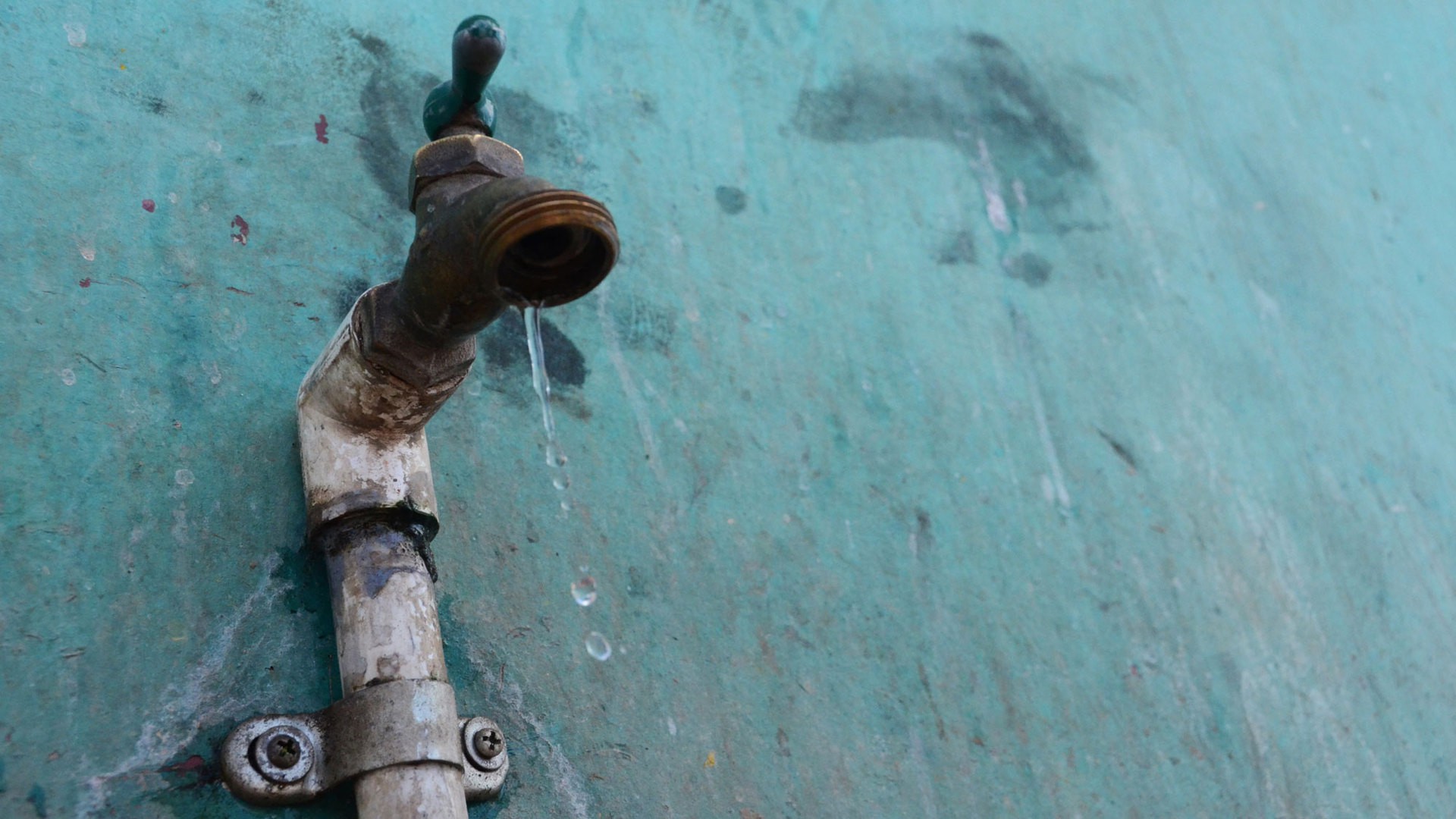
In Nicaragua, the condition of drinking water varies from city to city, but UNICEF and WHO say 15.7 percent of water supplies in the nation have “unacceptable levels of sanitary risk.” Among public piped water supplies, 44.8 percent had medium- to high-risk levels.
In their study, they also found more than 80 percent of community water supplies in Nicaragua have a latrine within 33 yards of it, resulting in 58.7 percent of household samples testing positive for fecal bacteria.
The canal could worsen the situation if the lake — a source of drinking water for some — is compromised.
“(Construction) changes the ecosystems, the fish, the quality of the water, rendering (it) not good for drinking,” Huete said. “The sediments that they’re going to be moving are also known to be toxic because, for years, there have been some pesticides by the lake and some heavy metals, such as mercury. So, of course, you mix the water and now have problems with the quality.”
Those communities who choose not to filter Lake Nicaragua’s water for drinking purposes, like Managua, turn to the ground. Hard and layered with volcanic rock, the water is difficult to purify.
Uncertainty ahead
In 2007, Nicaraguan President Daniel Ortega promised his constituents he would “not risk Lake Cocibolca for all the gold in the world.” Many canal opponents are pointing to those words while urging the government to reconsider the possible damages the canal could bring to the nation’s largest source of water.
HKND has yet to release results of environmental studies to discern whether significant ecological damage could occur. A Nicaraguan NGO called Centro Alexander Van Humboldt, named after a Prussian explorer and biogeography expert who studied Latin America extensively, conducted its own study and came out strongly against the canal.
“The eventual construction of the Interoceanic Grand Canal in Nicaragua and the related projects is the biggest threat to the environmental conditions of the country in its history and could lead to great risk to the Nicaraguan people to not meet their basic needs for safe water and food,” the study said.
Many scientists believe damage to Lake Nicaragua could be mitigated, based on construction plans they have seen, but they, like the public, lack information.
“It’d be nice to see if they can tell us what is the real cost that Nicaragua is paying for this, the real environmental costs,” Huete said. “We don’t really know. People need to take into consideration how much we’re losing from allowing this … I don’t think anyone is estimating the real cost, the environmental cost to Nicaragua.”
